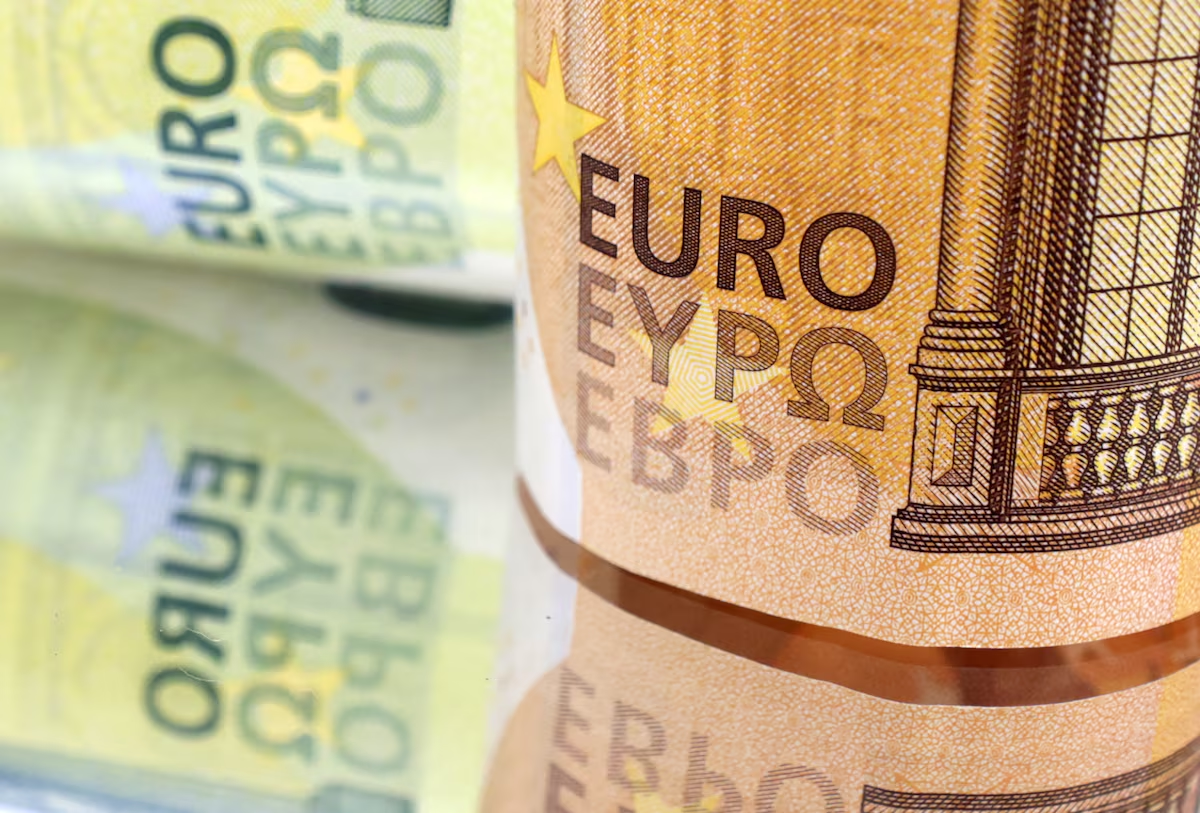Tighter monetary policy has delivered a giant boost to Europe’s long-suffering lenders. It may then seem surprising that BNP Paribas (BNPP.PA), opens new tab on Thursday cited the prospect of rate cuts later this year as a positive. The explanation is partly specific to the bank’s 2.7-trillion-euro balance sheet. But it also shows that slightly looser money is nothing to worry about for rivals including Deutsche Bank (DBKGn.DE), opens new tab and Barclays (BARC.L)
CEO Jean-Laurent Bonnafé said alongside the 78-billion-euro French lender’s first-quarter results, opens new tab on Thursday that its top line would grow by at least 2% in 2024. The bank expects a boost from rate cuts in the second half of the year. Markets reckon the European Central Bank will slash its key interest rates two or three times in 2024, with the key deposit rate ending the year at around 3.25% or 3.5%, compared with 4% now. That’s based on LSEG calculations using interest-rate derivative prices.
The paradox is that higher rates have boosted banks’ income, and now lower ones will help too. Yet it is plausible. Expected rate cuts have a modest impact in the grand scheme of things. Lenders like BNP have vast books of fixed-rate assets, like mortgages, which only reprice slowly over time. Many of those deals would have been set years ago, when rates hovered around zero. They will keep rolling over at much more lucrative levels for banks. A 50 or 75 basis point difference in base rates doesn’t matter much in that sense. The same applies to Deutsche Bank, which had, opens new tab 168 billion euros of retail loans with a maturity greater than five years at the end of 2023 – equivalent to 80% of its total retail lending.
The cost of paying interest on banks’ liabilities, meanwhile, could helpfully tick down fast as rates fall. That’s particularly true at BNP, which has a large chunk of corporate deposits and retail savings products that track base rates closely. The effect is that its interest costs should fall in the second half of the year, while the boost from older maturing cheap loans keeps coming through. Barclays, meanwhile, is a heavy user of hedges to smooth out the effects of interest rates on its earnings. The UK bank reckons it has about 4 billion pounds of gross revenue from hedges already locked in for 2024. Analysts see its net interest income growing in the coming years even as rates fall.
